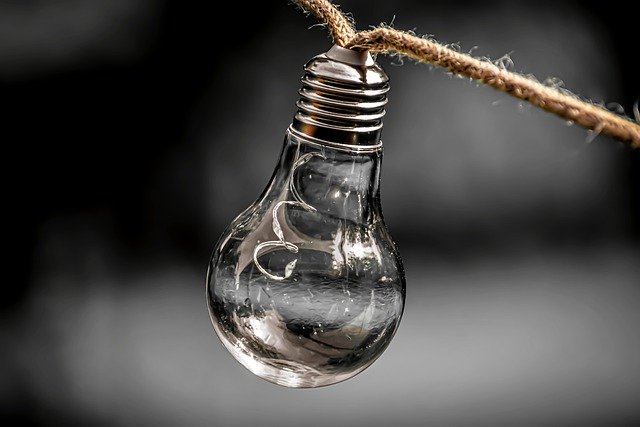Israeli researchers have developed a technique to “listen in” on conversations by analyzing the vibrations of light bulbs, according to a Wired report.
Researchers from Weizmann Institute and Ben-Gurion University tracked the minuscule changes in the light output from light bulbs caused by vibrations from sound waves. They were then able to reproduce the sounds from the vibrations, which of course included conversations (even top-secret) carried out in the light bulb’s vicinity.
“Any sound in the room can be recovered from the room with no requirement to hack anything and no device in the room,” Ben-Gurion researcher Ben Nassi told Wired. “You just need line of sight to a hanging bulb, and this is it.”
The new technique, which they dubbed “lamphone,” a combination of lamp and phone, requires just a small telescope, a $400 electro-optical sensor, and a laptop.
A telescope equipped with the electro-optic sensor is directed at the light bulb in a room. Once the light vibrations are recorded they are converted into a digital format and processed on the laptop with an equalizer to reproduce the noise in the room.
The technique still needs fine-tuning (pun intended) since it has only been tested on hanging incandescent light bulbs. Energy-saving light bulbs or bulbs in enclosed light fixtures may prove too difficult to “spy on.”
However, at least according to Dan Boneh, a computer scientist and cryptographer at Stanford University, the lamphone is a significant breakthrough in “stealing secrets.”
“It’s a beautiful application of side channels,” Boneh said. “Even if this requires a hanging bulb and high decibels, it’s still super interesting. And it’s still just the first time this has been shown to be possible. Attacks only get better, and future research will only improve this over time.”
According to Nassi, the advantage of spying through a light bulb over other techniques is that it enables spying in real-time.
A similar technique called a “visual microphone,” that uses a video recording via a telescope of a vibrating object in the room to reproduce sound cannot be used in real-time.
“When you actually use it in real-time you can respond in real-time rather than losing the opportunity,” Nassi said.
(YWN Israel Desk – Jerusalem)












One Response
If it was a secret……it ain’t a secret any more.